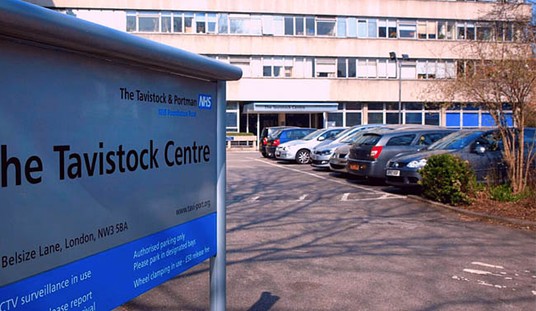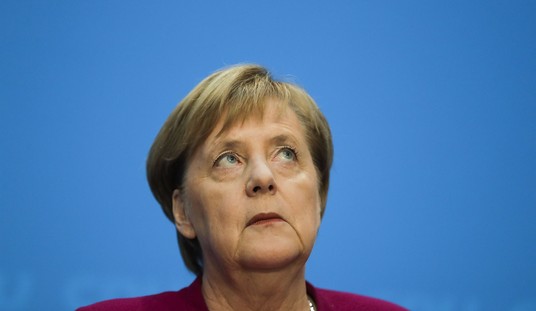During the fiscal-cliff negotiations last January, the wind industry finally succeeded in securing an eleventh-hour assurance that they would get to keep their much-prized production tax credit (PTC) for at least another year — which was great news for them, seeing as how the survival of America’s most expensively subsidized form of electricity actually does depend on whether or not they can continue to score the rent-seeking victories from which they have benefited for more than two decades. Proponents of wind energy will quickly point out that wind the fastest-growing energy source out there and now provides almost a whopping three percent of America’s electricity generation — but that’s pretty easy to do when you’re getting special treatment from the government out the wazoo, as a new Congressional analysis points out:
Extending a tax credit for new wind farms would cost billions of dollars over the next decade, according to congressional analysis obtained by The Hill.
The tax credit for building wind facilities, which has been a top priority of the White House, is set to expire at the end of 2013.
Extending it for one year would cost $6.1 billion over the next 10 years, according to analysis from the Joint Committee on Taxation. Extending the credit for five years would cost $18.5 billion. …
Supporters say that the credit is necessary to keep energy costs low.
“Supporters say that the credit is necessary to keep energy costs low.” …Red flag? Anyone? As in, wind still cannot compete based on its own competitive free-market merits and needs taxpayers’ subsidization to get anyone to consider buying it?
The analysis came out ahead of a House Oversight hearing on the real long-term benefits (or lack thereof, ahem) on the PTC on Wednesday, via The Hill:
Republican lawmakers signaled opposition Wednesday to renewing a tax credit for wind farms, arguing it’s time for the industry to stand on its own two feet.
Democrats and the wind industry say the renewable electricity production tax credit (PTC) is critical to developing diverse sources of energy, but Republicans expressed skepticism that the break is still needed.
“We keep hearing that ‘we’re almost there’ or ‘just a little bit longer.’ But the facts state that wind power has been steadily increasing over the last 10 years, and there’s this point of saying, when does wind take off on its own?” said Rep. James Lankford (R-Okla.), chairman of the House Oversight and Government Reform subcommittee on Energy Policy.
Wind’s relentless subsidization does nothing to increase its chances for price efficiency in the long run, and meanwhile, while self-proclaimed greenies have continued to deride what they deem to be energy undesirables and insisted on propping up their preferred renewable forms at taxpayers’ expense, it turns out that natural gas an nuclear have done way more over time to achieve their stated carbon-reduction goals. Imagine that, via the Breakthrough Institute:
This week’s release of a new United Nations Intergovernmental Panel on Climate Change report opens another front in the climate wars. But beneath the bellowing, name-calling, and cherry-picking of data that have become the hallmark of contemporary climate politics lies a paradox: the energy technologies favored by the climate-skeptical Right are doing far more to reduce greenhouse gas emissions than the ones favored by the climate-apocalyptic Left.
How much more? Max Luke of Breakthrough Institute ran the numbers and found that, since 1950, natural gas and nuclear prevented 36 times more carbon emissions than wind, solar, and geothermal. Nuclear avoided the creation of 28 billion tons of carbon dioxide, natural gas 26 billion, and geothermal, wind, and solar just 1.5 billion.







Join the conversation as a VIP Member